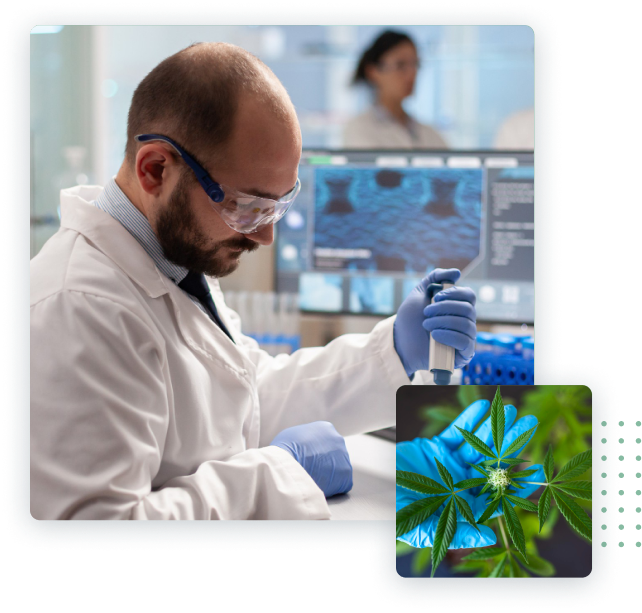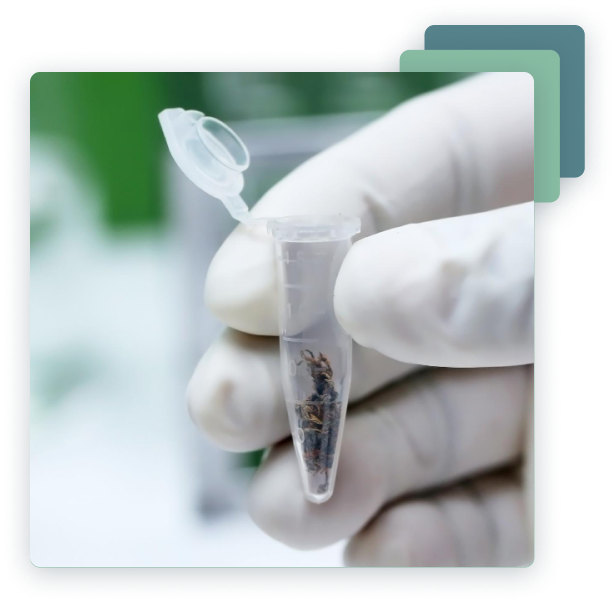Services
Residual Solvents
-
MATRIX
Derivative Products and Edibles
-
ANALYTES
21 count
-
INSTRUMENT
GCMS
The most popular causes of residual solvent contamination
There's a chance your product will test positive for the residual matter if you use one of the solvents listed above. There are several possible causes for this, beginning with the type of product you're making. Smaller surface area products, such as shatter or wax, are more difficult to properly purge of solvents. These items necessitate additional time, heat, and a higher vacuum. No two extraction runs are the same, regardless of the sort of product you're making; minor differences in temperature, pressure, solvent profile, and soak time can result in a wide range of test findings.


Contaminants can be decreased with preventive measures
Minor changes across batches of naturally variable products cannot be accounted for by even the most refined and reliable extraction and evaporation processes. Due to variances in the material utilized, even two runs from the same crop can provide different outcomes. Constantly analyzing and refining your extraction method is the most excellent way to avoid contamination. Then have your product tested by a recognized laboratory.
Why Test Cannabis, And What Solvents Should Be Used?
We test for 11 key solvents at CannaLabs that could contaminate your product and endanger your customers. Contact us today about our solvent testing and other testing options.
Chemicals left behind during the extraction of cannabinoids and terpenes from cannabis are residual solvents. Wax, oils, and liquid concentrate products, which account for more than a quarter of the cannabis industry today, are made using this extraction method. Although the technique is straightforward, residual solvents in the cannabis solution can have mild to severe human health consequences. Solvents can also contaminate the environment in other ways.
Some solvents may pull out substances like pesticides during the extraction process, contaminating the resulting product.

Solvents Used in the Extraction of Cannabinoids
Cannabis is dissolved in a liquid solvent like butane, which takes the plant's cannabinoids and terpenes out. The solution is then evaporated under a vacuum using heat to remove all gas and leave a high-purity cannabis concentrate. Butane is a common solvent since it does not extract hazardous substances such as pesticides and is one of the cleanest extraction methods.
However, not all solvents are the same. That's why it's crucial to understand the many types of cannabis solvents, the risks they pose, and what you can do to ensure your completed product is contamination-free. Finally, it's critical to have your product tested by an ISO-accredited lab like CannaLabs.
Solvent Classification According to Risk
Ethanol, N-Butane, Isopropanol, i-Butane, Chloroform, Methanol, Benzene, n-Pentane, Toluene, i-Pentane, and Acetone are currently tested for in cannabis and hemp plant extracts at CannaLabs. While there are no federal guidelines that mainly target solvents in cannabis, the FDA does regulate solvents in consumer goods and medications. These rules are divided into three categories:
Get Started





